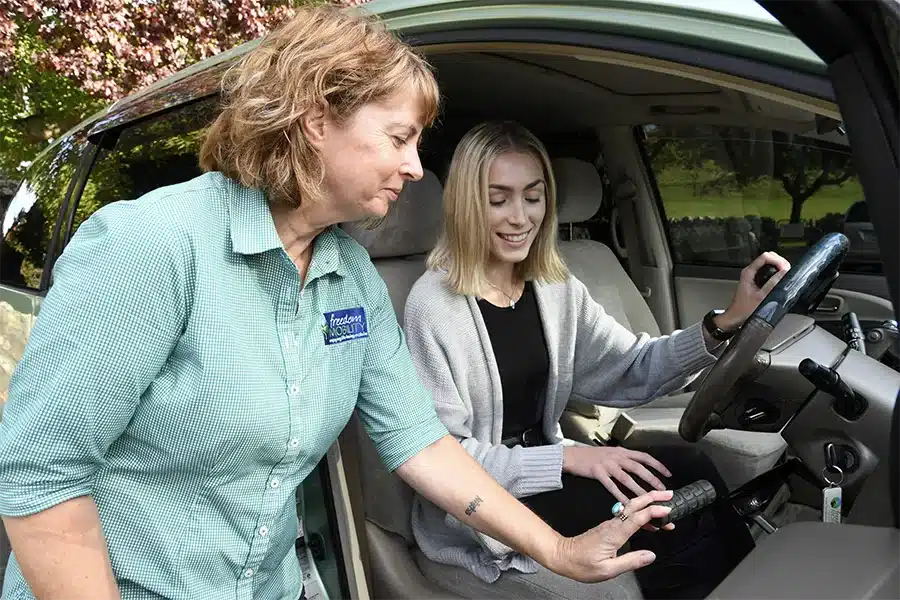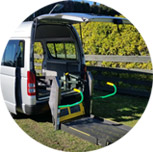
Recovering at home with a broken-leg
Whether you’re got a leg fracture or a badly broken leg, you’ll be living with a cast for some time. How much time? Broken leg recovery can vary for a number of reasons: the severity or complexity of the break, your age, your fitness and just how quickly your body heals in general. Suffice to say, you’re going to be best buddies with your moon boot, so here are some tips to get you through:
Stay active
Pain and caution can easily lead you to stay in and not do much. But that’s not good. Not only is getting out and about, and staying active, good for your mental health. It will also help you stay physically stronger and better able to do your physiotherapy exercises. On that note, be sure to do them every day. Choose a time when pain levels are generally lowest.
If you can walk, that’s great. If not, even just taking a chair outside to enjoy some fresh air and sunshine will be a tonic. Stay in touch with friends and family, and aim to have at least one contact or phone call a day. Socialise whenever you can and find something to keep your mind occupied, whether it’s a crossword, reading or even online games.
A handy alternative
Talk to ACC to see if a hand-controlled vehicle would be an option for you. It’ll give you independence, can help you get back to work sooner, makes getting to appointments easier and helps you maintain your normal routine. That goes for children, too. A hand-control car lets you take them to school and activities. You can read about a recent customers experience here, and hear first-hand how a hand-control car helped him regain independence after a broken leg. Give the team at Freedom Mobility a call if you want to find out if a hand control car might work for you. You can read about Sam’s recent experience using one of our vehicles while recovering from a badly broken leg, here. And if you haven’t heard of a hand control car before, you can also check out our video resource section, to see how they work.
When you’re out, take a backpack with essentials in it: it won’t be as easy to jump in and out of the car to get things. So pack medications, your phone and charger, tissues and water.
Make your home leg-injury friendly
It can take a while to realise just what an obstacle course your home can be when you’re recovering from a leg fracture or break. So here are some top tips:
- Rearrange the furniture so that anything you use regularly is easy to access, and there are no obstacles in the way. Declutter rooms.
- Install handrails where needed, like the bathroom, hallways and stairs. You can buy temporary ones online from hardware stores or mobility shops.
- Install plug-in sensor lights in areas you may need to access in the dark: hallways, stairs, bathroom, kitchen, lounge.
- Make sure you have a bedside lamp.
- You’ll find low sofas and chairs hard to get out of and can make it hard to rest your leg. If you can borrow something higher, great. Otherwise use firm cushions.
- Keep that backpack for the car with you. Plus a thermos to move hot drinks between rooms, and a notebook.
- Buy a grabber or use a long pair of BBQ tongs if you have them to pick things up off the floor.
- If you have children try to make helping out into a game.
Navigating stairs
Aways a challenge with any leg injury, when you’re healing a broken leg stairs are literally a pain. But there are some things that can help. At home, have a bag at the top and bottom of the stairs. You can then accumulate anything you need to move up or down. If you’re using crutches there are different techniques for going up and down. Going up, use your good leg first. Going down, bad leg first. Otherwise you can bottom-shuffle up and down, especially useful if you’ve broken both legs.
Prevent pain before it happens
As well as taking your pain medication regularly, rather than letting pain build up, there are some other smart ways to reduce it.
Talk to ACC about getting a knee scooter or hands-free knee crutch so your body doesn’t get too sore from crutches. Gloves can also reduce hand pain from crutches
Have stools available, especially in the lounge so you can elevate your injured leg when sitting. And always have cushions and pillows to hand to keep your leg comfortable when resting.
Dealing with household chores
When living with a cast on your leg doing household chores can seem like climbing Everest. But there are some ways to make things easier.
Shop online for groceries to be delivered to your home, or use click-and-collect. If you do use click-and-collect, ring ahead and see if the supermarket will help you load your groceries into your vehicle.
Aim to have a seat or stool in every room. If this isn’t possible a rolling office chair can work.
Make your kitchen work for you through your recovery time. Sit on a high stool with a back while preparing food, and place frequently-used items like pots and dishes within easy reach.
To move food or drink between rooms use lidded containers in a backpack.
Getting ready
We’ve already said that staying active and getting out and about are important. But getting ready is going to take more time. There are, however, some things you can do to make the process as quick and easy as possible.
Choose loose clothes with pockets, and use slip on-shoes plus a long shoehorn. You can also get elastic shoelaces to slip into lace-up shoes more easily. Keep that grabber or BBQ tongs handy to help pull up clothing.
In the bathroom, sit to clean your teeth and use a plastic stool in the shower (ACC may be able to provide you with one). Have plastic bags and tape nearby so you can cover your leg. Alternatively, you can purchase cast and bandage covers. Be sure to use a non-slip rubber mat in the bathtub or shower. Use a long-handled sponge to clean feet, lower legs and back.
Add a raised toilet seat to get on and off easily. Again, check with ACC to see if they might provide you with one.
Finally, look after your mental health. Be kind to yourself. Ask friends and family for help. And try not to obsess over things, accept that life isn’t perfect right now, and set goals for yourself that are achievable. We hope these tips make your broken-leg recovery time just a little bit easier.




